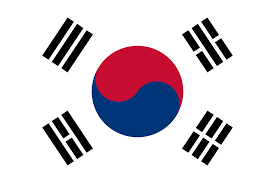 South Korea
South Korea
- South Korea spends 7.6 % of its GDP on healthcare. 54.5 % of the health care expenditure in 2012 came from the government National Health Insurance Service. Healthcare represented 11.7 % of all government expenditure in 2012
- Korea has been providing “Universal health insurance” since 1977. All medical societies were merged into the National Health Insurance Service in 2000, benefiting almost all the citizens
- Health Insurance is funded by individual contributions, government subsidies, and tobacco surcharges. The National Health Insurance Corporation is the main supervising institution
- The government in South Korea largely plays the payer role. Close to 94% of hospitals (88% of beds) are privately owned. 30 of the 43 tertiary hospitals are run by private universities. Payment for medical services is on a fee-for-service basis.
- The absence of direct government subsidy holds hospitals accountable for efficiency and productivity – and forces them to run their facilities well and explore scale economies
- South Korea also faces the challenge of a growing elderly population and the consequent increase in chronic degenerative diseases. The system has come for some criticism for its lack of financial incentives for preventive treatment. This has led to a predominance of curative care and growing burden of chronic illnesses. The incidence of chronic disease in South Korea hovers around 24 percent